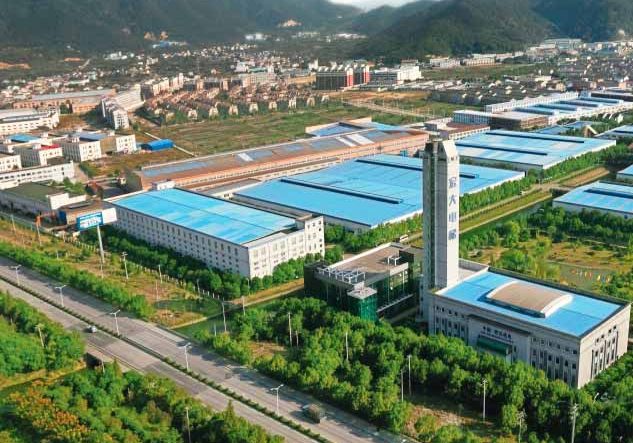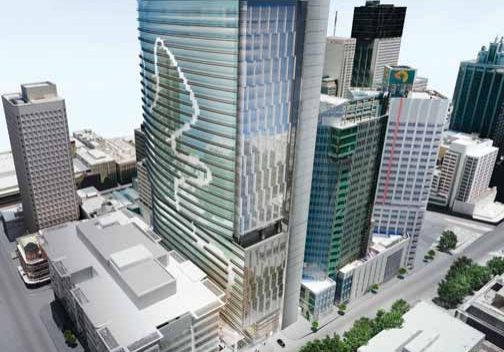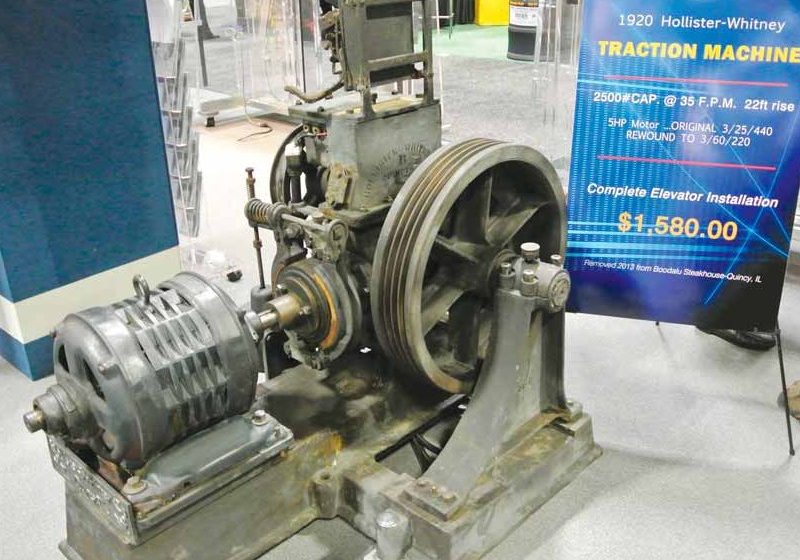Navigating the Sweeping Changes of NYC Elevator Compliance
Dec 1, 2013
In a city of constant transformation, it’s no surprise that elevator compliance is also constantly evolving. Throughout the five boroughs of New York City (NYC), the metropolis’ Department of Buildings (DOB) has been boosting regulatory efforts in an effort to keep more than 60,000 elevator devices code compliant and millions of passengers safe. In the past five years alone, the DOB has instituted significant code and rule changes that have had a major financial impact on building owners, managers, consultants and elevator-service companies. With even more process changes enacted over the last few months, there is no evidence the continued flow of compliance changes will be slowing anytime soon.
Elevator violations are now the most commonly issued DOB violations in NYC. Although the majority of elevator violations are issued as a result of routine maintenance inspections, new administrative violations for failure to conduct and file paperwork for mandated annual inspections are now widely issued.
Your author’s company, SiteCompli, provides compliance-monitoring technology to NYC’s largest owners, managers, consultants and elevator companies. Our software aggregates, reports and alerts on myriad compliance issues across more than 1 billion sq. ft. of NYC real estate and 40,000 elevator devices, notifying clients when complaints are received, violations and applications are issued, inspections are due, and more.
When SiteCompli was founded in 2008, our focus was solely on servicing building owners and managers. But, as we began offering products and services specifically for the elevator industry, we started to understand firsthand the serious ripple effect the regulatory changes were having on everyone involved in maintaining an elevator.
Critical Regulatory Changes
Beginning in 2009, the DOB mandated that owners hire independent third-party inspection agencies to witness one- and five-year device testing, and sign off on all required inspection paperwork. While it provided a second set of eyes during every inspection, this change also resulted in a challenging process of coordination between three different parties (owners, service contractors and witnesses) to schedule and perform tests and sign off on paperwork.
Additionally, in September 2010, the DOB instituted significant civil penalties for failure to comply with inspections. For annual inspections, the penalty for failure to conduct inspections or correct unsatisfactory conditions and file the appropriate paperwork jumped from US$1,000 to US$3,000 per device, and a new US$5,000-per-device penalty was instituted (where previously, no penalty was imposed) for failing to perform and file mandated five-year elevator full-load tests. For a typical class-A building in Midtown Manhattan with 20-plus elevator devices, that is a significant penalty risk for noncompliance.
In conjunction with these new penalties, thousands of new, never-before seen DOB violations have recently been issued to property owners across NYC. Beyond the increased penalty risk for building owners, open violations can impact the sale or refinancing of a property. The first new DOB violation for failure to file a mandated inspection, the VCAT1 violation, was issued in October 2010 for the 2009 annual inspection filing cycle and required the payment of a US$1,000 civil penalty per noncompliant device. However, for the 2010 and 2011 cycles, this violation was superseded by the EVCAT1 violation, which carries a more substantial US$3,000-per-device civil penalty.
In August 2012, another brand new violation, the ACC1 violation, was first issued for failing to correct, re-inspect and resubmit paperwork after an initial unsatisfactory inspection result for the 2010 cycle. Now, a property owner can receive violations and penalties for either not filing an inspection or for failing to correct conditions after an unsatisfactory inspection result. Like the EVCAT1 violation, closing an ACC1 violation also requires payment of a US$3,000-per-device civil penalty.
More broadly, beginning in mid 2010, any new elevator violations issued by the DOB for conditions deemed “immediately hazardous” (Class 1) were suddenly subject to an additional AEUHAZ1 violation and US$1,500 civil penalty if the violating conditions were not immediately corrected and corresponding paperwork submitted within a limited timeframe from the issue date.
Avoiding Issues Slipping through the Cracks
In addition to simply increasing fines and issuing new violations, in 2012, the DOB began rejecting current-year annual-inspection paperwork when prior-year compliance for a device was not on file. Suddenly, tracking historical compliance information became even more critical, as it directly impacted current-device compliance, even if an entirely different service contractor and witness were responsible for the historical maintenance of a device.
So, what does all this mean to building owners and elevator vendors? In today’s environment, compiling manual information on a spreadsheet is not enough to prevent critical issues from slipping through the cracks. Constant vigilance and technology is required to prevent the accumulation of risk factors that can lead to future violations.
Typically, when we activate our SiteCompli technology to automate compliance tracking, our clients are shocked by the wide array of existing penalties and violations that simply slipped through the cracks. This isn’t surprising, as inspectors often post violation notices at a building, where they often disappear before finding their way to the responsible party.
2013 and Beyond
After years of aggressive regulatory changes, the DOB is now engaged directly with the industry and has begun making impactful changes. As of July, the DOB has decided to no longer reject inspection paperwork based on prior year noncompliance, and is now allowing rejected paperwork to be resubmitted without clients having to pay a civil penalty.
In an even more groundbreaking decision, also in July, the DOB dismissed over 61,000 historical elevator violations resulting from routine inspections by private contractors. These violations, known as “PVTs,” were dismissed on the grounds that current satisfactory inspections override any earlier independently issued device violations. In fact, the DOB has stated its intention to sweep its system every three months to dismiss additional violations for devices that show current compliance. In October, the DOB followed up its initial purge with the dismissals of thousands of additional elevator violations for devices with subsequent compliance.
With elections upcoming and a new administration on the horizon, it is uncertain what the future holds for the NYC elevator industry. There is a variety of possible changes on the horizon, but only one thing is certain – careful and aggressive tracking of NYC elevator compliance will continue to be critical, no matter which changes become central.
Get more of Elevator World. Sign up for our free e-newsletter.








